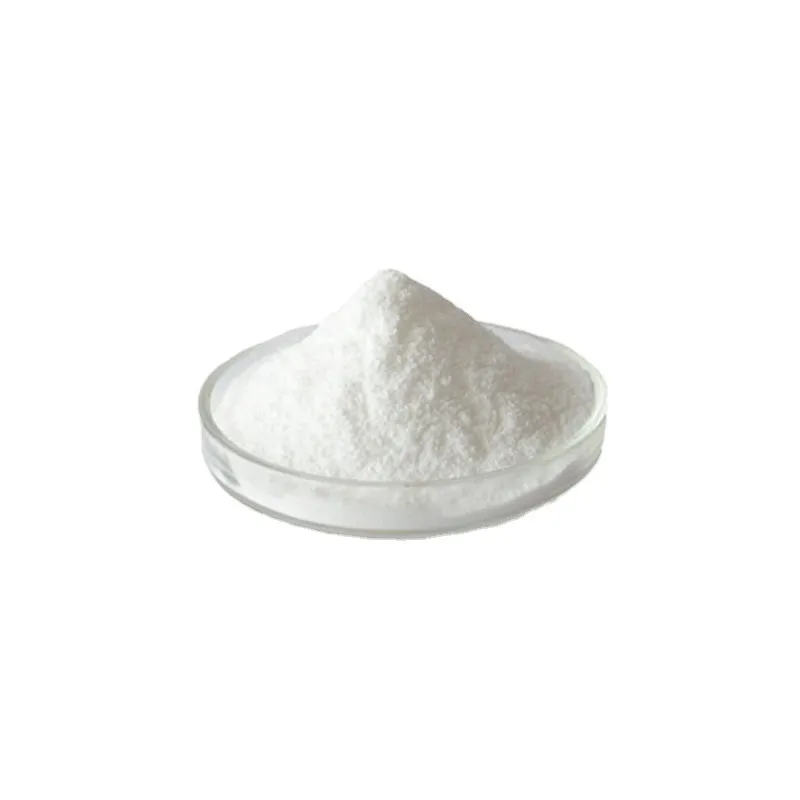Warning: Undefined array key "title" in /home/www/wwwroot/HTML/www.exportstart.com/wp-content/themes/1198/header.php on line 6
Warning: Undefined array key "file" in /home/www/wwwroot/HTML/www.exportstart.com/wp-content/themes/1198/header.php on line 7
Warning: Undefined array key "title" in /home/www/wwwroot/HTML/www.exportstart.com/wp-content/themes/1198/header.php on line 7
Warning: Undefined array key "title" in /home/www/wwwroot/HTML/www.exportstart.com/wp-content/themes/1198/header.php on line 7
- Afrikaans
- Albanian
- Amharic
- Arabic
- Armenian
- Azerbaijani
- Basque
- Belarusian
- Bengali
- Bosnian
- Bulgarian
- Catalan
- Cebuano
- China
- China (Taiwan)
- Corsican
- Croatian
- Czech
- Danish
- Dutch
- English
- Esperanto
- Estonian
- Finnish
- French
- Frisian
- Galician
- Georgian
- German
- Greek
- Gujarati
- Haitian Creole
- hausa
- hawaiian
- Hebrew
- Hindi
- Miao
- Hungarian
- Icelandic
- igbo
- Indonesian
- irish
- Italian
- Japanese
- Javanese
- Kannada
- kazakh
- Khmer
- Rwandese
- Korean
- Kurdish
- Kyrgyz
- Lao
- Latin
- Latvian
- Lithuanian
- Luxembourgish
- Macedonian
- Malgashi
- Malay
- Malayalam
- Maltese
- Maori
- Marathi
- Mongolian
- Myanmar
- Nepali
- Norwegian
- Norwegian
- Occitan
- Pashto
- Persian
- Polish
- Portuguese
- Punjabi
- Romanian
- Russian
- Samoan
- Scottish Gaelic
- Serbian
- Sesotho
- Shona
- Sindhi
- Sinhala
- Slovak
- Slovenian
- Somali
- Spanish
- Sundanese
- Swahili
- Swedish
- Tagalog
- Tajik
- Tamil
- Tatar
- Telugu
- Thai
- Turkish
- Turkmen
- Ukrainian
- Urdu
- Uighur
- Uzbek
- Vietnamese
- Welsh
- Bantu
- Yiddish
- Yoruba
- Zulu
Sep . 04, 2024 06:50 Back to list
'manufacturing process of adipic acid a detailed overview of'
The Manufacturing Process of Adipic Acid A Detailed Overview
Adipic acid, a dicarboxylic acid with the molecular formula C6H10O4, is a key raw material in the production of nylon 6,6 and various polyesters. Its widespread use in the manufacturing of plastics, fibers, and food additives makes understanding its production process essential for industries relying on this important compound.
The primary method for producing adipic acid is through the oxidation of cyclohexanol and cyclohexanone, which are derived from petroleum products. This process, known as the two-step oxidation process, employs a combination of air and chemical catalysts to convert these cyclic alcohols into adipic acid efficiently.
Step 1 Cyclohexanol and Cyclohexanone Production
Cyclohexanol and cyclohexanone are typically produced via the hydrogenation of phenol, a process involving the treatment of phenol with hydrogen in the presence of catalysts under specific pressure and temperature conditions. The resulting mixture contains both cyclohexanol (approximately 80%) and cyclohexanone (around 20%). This mixture sets the stage for the subsequent oxidation process.
Step 2 Oxidation Process
The oxidation reaction requires strict control of the temperature and pressure parameters to achieve optimal yield and selectivity. In the industrial setting, air is introduced to a mixture of cyclohexanol and cyclohexanone, along with a catalyst, often using cobalt or manganese compounds. This mixture is then heated, causing the alcohol and ketone to oxidize into adipic acid, along with other by-products such as carbon dioxide and water.
'manufacturing process of adipic acid a detailed overview of'

The reaction is exothermic, so maintaining precise temperature control is crucial to prevent runaway reactions. The typical operating temperature for the oxidation step ranges from 150°C to 200°C. To enhance the efficiency of the process, oxygen is carefully managed to ensure complete conversion of feedstock while avoiding excessive by-products.
Step 3 Purification
After the oxidation process, the reaction mixture is cooled, and adipic acid is extracted. The initial product contains a considerable amount of water, solvents, and residual reactants that need to be removed. Purification typically involves crystallization, filtration, and drying to isolate pure adipic acid. This step may also include vacuum distillation if higher purity levels are required for specialized applications.
Environmental Considerations
The production of adipic acid presents several environmental challenges, particularly due to the greenhouse gases emitted during the oxidation process. Efforts to mitigate these impacts include the development of greener technologies, such as bio-based production methods. Research into fermentation processes from renewable resources is ongoing to ensure more sustainable manufacturing practices.
Conclusion
The manufacturing process of adipic acid is a complex but well-established system that plays a vital role in producing a range of essential products across various industries. As demand for adipic acid continues to grow, integrating more environmentally friendly methods will be crucial in meeting both industry needs and sustainability goals. Understanding this process not only highlights the significance of adipic acid itself but also the ongoing evolution of the chemical manufacturing sector.
Latest news
-
Certifications for Vegetarian and Xanthan Gum Vegetarian
NewsJun.17,2025
-
Sustainability Trends Reshaping the SLES N70 Market
NewsJun.17,2025
-
Propylene Glycol Use in Vaccines: Balancing Function and Perception
NewsJun.17,2025
-
Petroleum Jelly in Skincare: Balancing Benefits and Backlash
NewsJun.17,2025
-
Energy Price Volatility and Ripple Effect on Caprolactam Markets
NewsJun.17,2025
-
Spectroscopic Techniques for Adipic Acid Molecular Weight
NewsJun.17,2025

